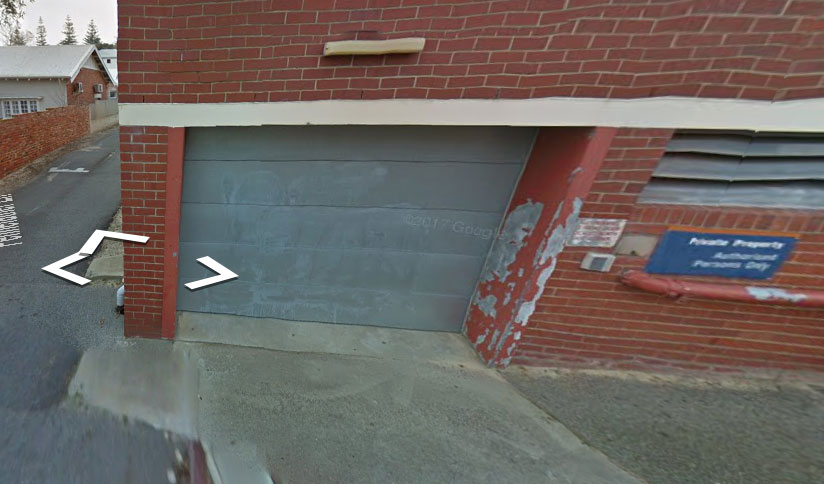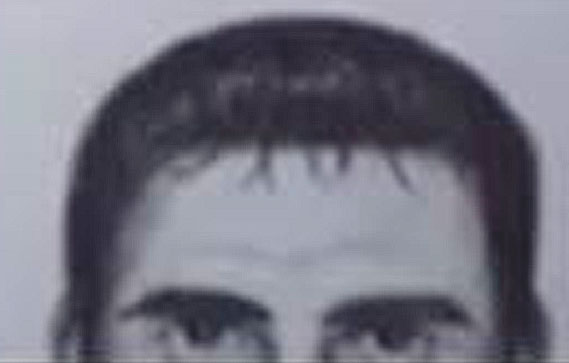- Dec 27, 2016
- 26,884
- 56,889
- AFL Club
- Western Bulldogs
- Moderator
- #5,101
Long weekends with no reason for being there maybe. Australia Day weekend, St Patricks Day, Foundation Day weekend?
Its possible someone took notes or made a solid mental note in those circumstances, either a resident or another Telstra worker scenario.
There may even have been someone who was suspicious of it but let it go thinking they were being a bit paranoid, disloyal if a work colleague they had a decent relationship with
That guy who found some items in the sand at Cottesloe after Julie Cutler went missing, hung onto those manky things for years and years.






